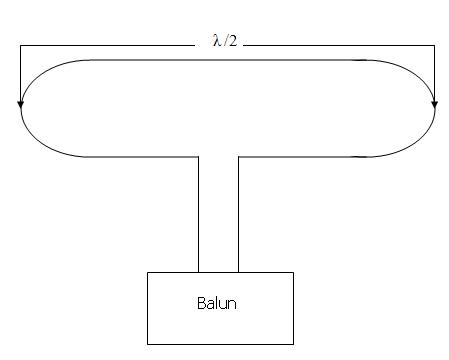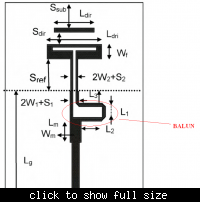frankieNrosie
Junior Member level 3

Hi,
I newbie in antenna area. Currently, I'm trying to design a folded dipole antenna. Thus, I need some ideas on how to design that antenna such the dimensions, length and others.
Please help me. Thanks.
I newbie in antenna area. Currently, I'm trying to design a folded dipole antenna. Thus, I need some ideas on how to design that antenna such the dimensions, length and others.
Please help me. Thanks.






